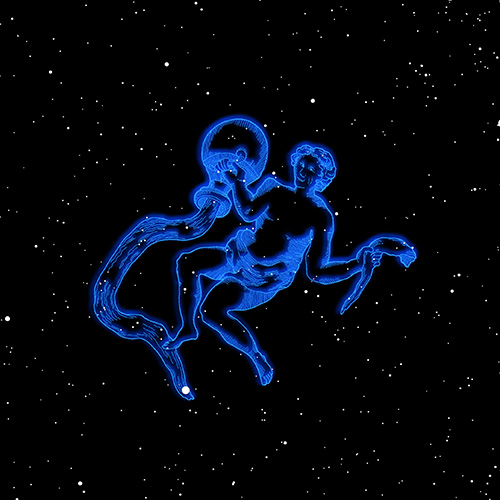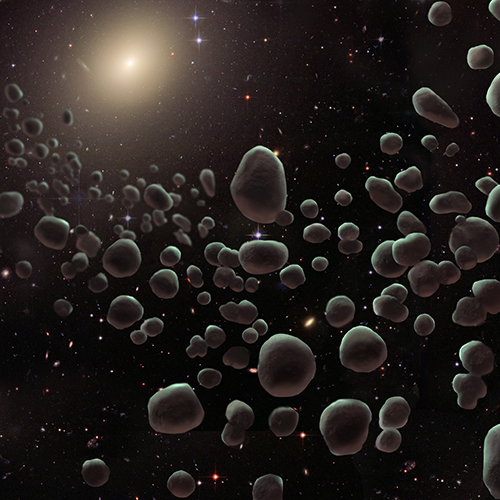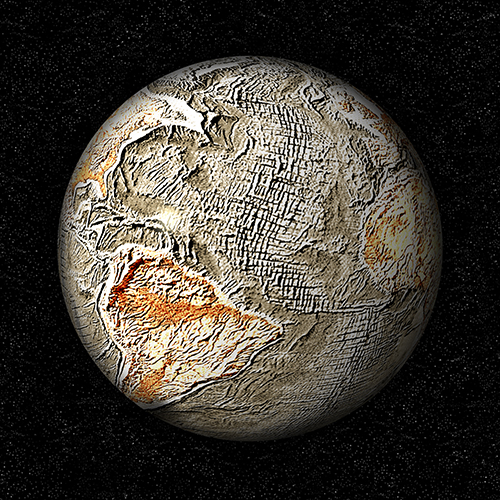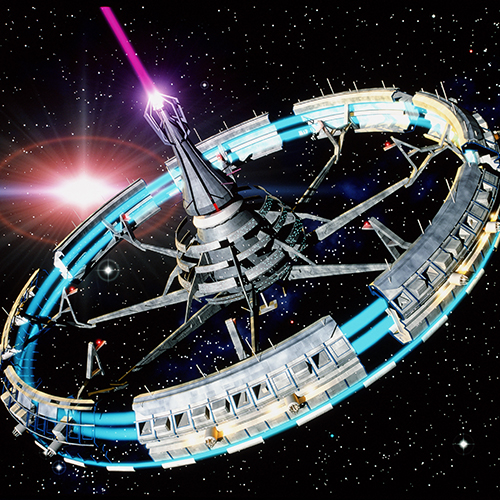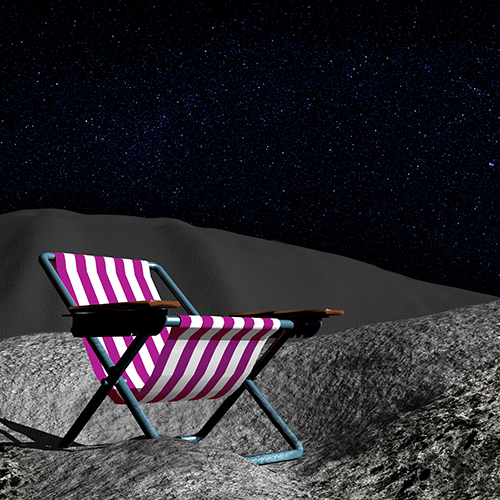Stock Space Illustration
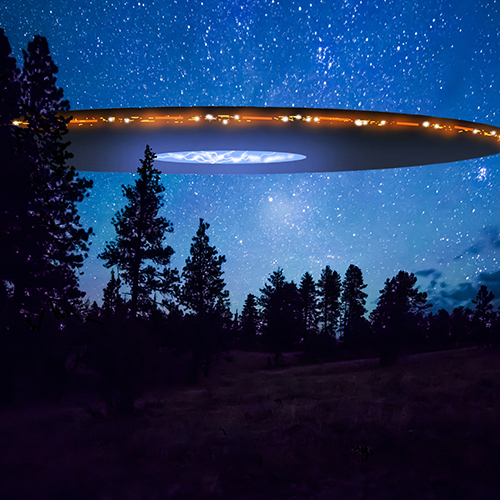
JE2780 - A very large UFO hovers beyond stands of ponderosa pines in central Oregon. © Science Source - science photos
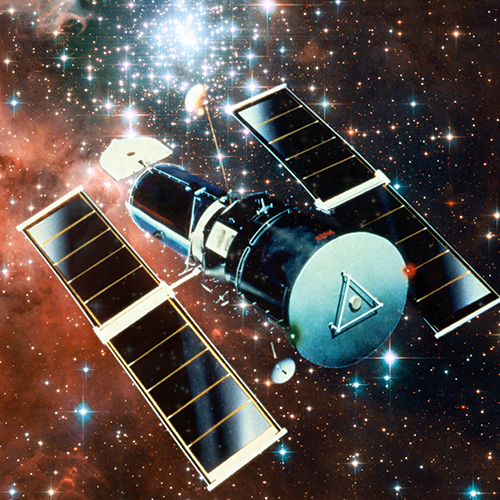
BU9218 - Composite illustration of the Hubble Space Telescope in space. © Science Source - science photos

BC6041 - Oort cloud, a spherical cloud surrounding the planetary system and containing comets. © Science Source - science photos
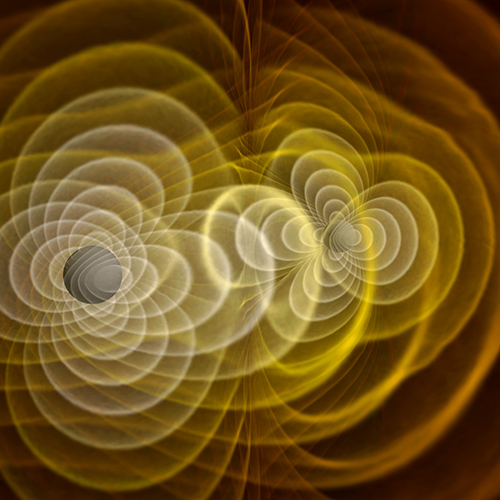
JD0896 - Frame from a simulation of the merger of two black holes and the resulting emission of gravitational radiation (colored fields, which represent a component of the curvature of space-time). The yellow areas near the black holes do not correspond to physical structures but generally indicate where the strong non-linear gravitational-field interactions are in play. © Science Source - science photos
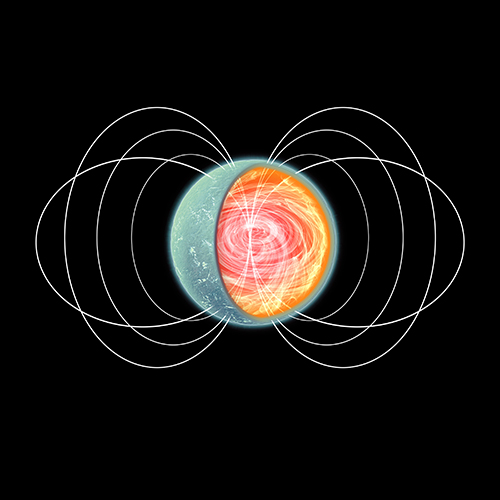
BY4588 - This illustration depicts a magnetar, a type of neutron star that has a relatively slow spin rate and generates occasional large blasts of X-rays. Most magnetars have extremely high magnetic fields on their surface that are ten to a thousand times stronger than for the average neutron star. © Science Source - Science photos
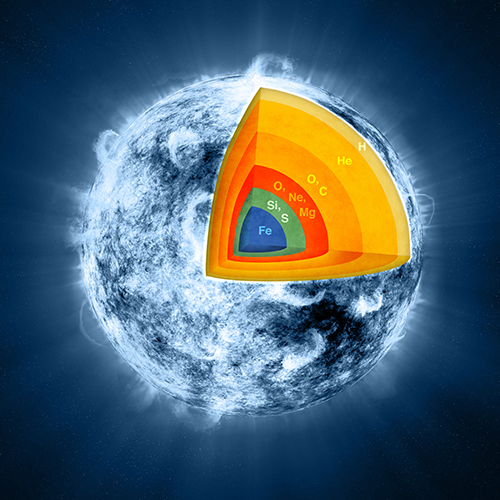
BY4799 - A new X-ray study of the remains of an exploded star indicates that the supernova that disrupted the massive star may have turned it inside out in the process. Using very long observations of Cassiopeia A (or Cas A), a team of scientists has mapped the distribution of elements in the supernova remnant in unprecedented detail. This information shows where the different layers of the pre-supernova star are located three hundred years after the explosion, and provides insight into the nature of the supernova. An artist's illustration shows a simplified picture of the inner layers of the star that formed Cas A just before it exploded, with the predominant concentrations of different elements represented by different colors: iron in the core (blue), overlaid by sulfur and silicon (green), then magnesium, neon and oxygen (red). © Science Source - science photos
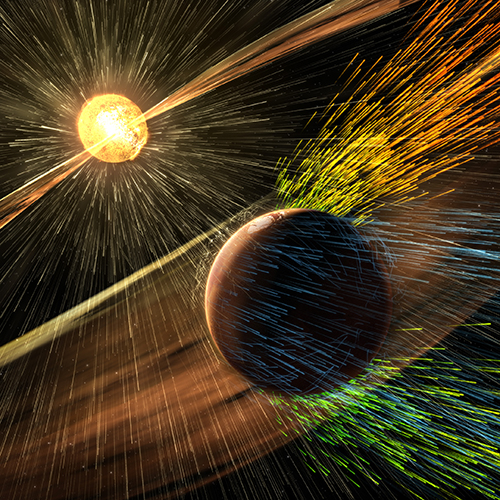
JD0907 - Solar wind is a stream of particles, mainly protons and electrons, flowing from the sun's atmosphere at a speed of about one million miles per hour. The magnetic field carried by solar wind as it flows past Mars can generate an electric field, much as a turbine on Earth can be used to generate electricity. This electric field accelerates electrically charged gas atoms, called ions, in Mars' upper atmosphere and shoots them into space. © Science Source - science photos
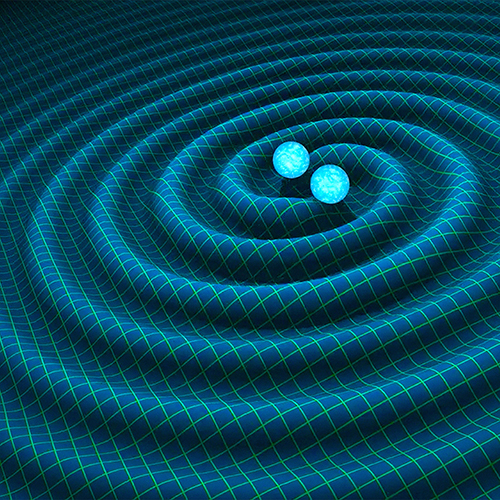
JD5667 - Artist's impression of gravitational waves generated by binary neutron stars. © Science Source - science photos
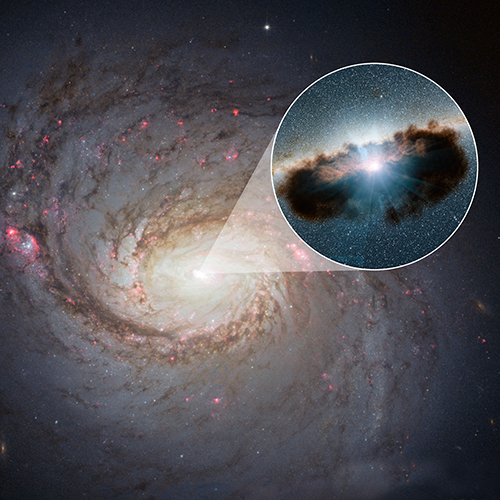
JD5710 - Galaxy NGC 1068 can be seen in close-up in this view from NASA's Hubble Space Telescope. © Science Source - science photos
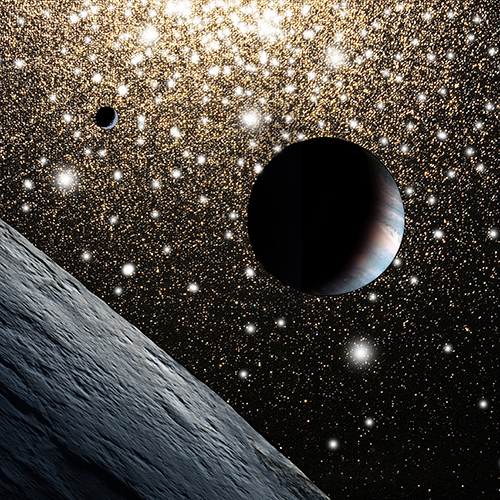
JE2782 - A gas giant planet and its rocky moons orbit on the fringes of the massive globular star cluster, Omega Centauri. © Science Source - science photos
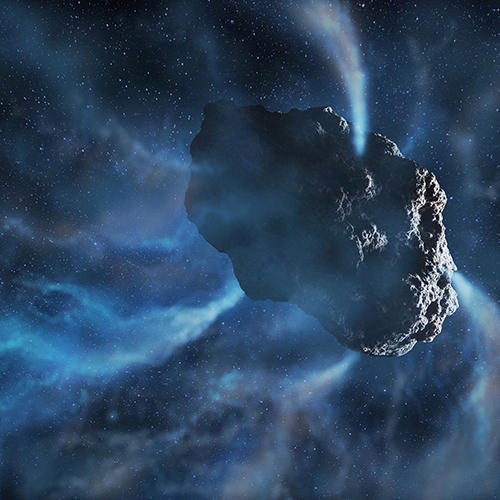
JE2793 - A comet nucleus tumbles through space venting volatile materials from its surface as it approaches the sun. © Science Source - science photos
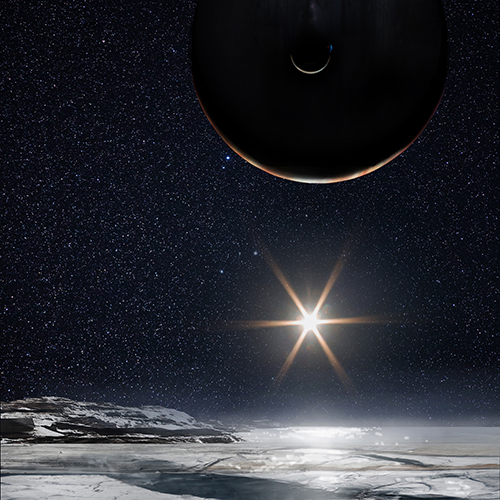
JE2799 - The sun glints off the icy crust of jupiter's second large moon, Europa. Beneath the ice, there is strong evidence of a huge subsurface ocean that could harbor life. An aurora and lightning flashes illuminate Jupiter's night side and eruptions can be seen on the neighboring inner moon Io. © Science Source - science photos
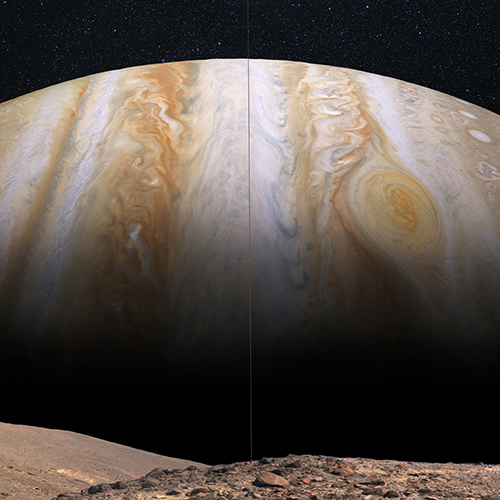
JE2801 - Massive Jupiter dominates the sky of its small rocky moon Amalthea. Amalthea orbits just beyond Jupiter's ring system that can be seen in this view as a faint line bisecting the giant planet. © Science Source - science photos
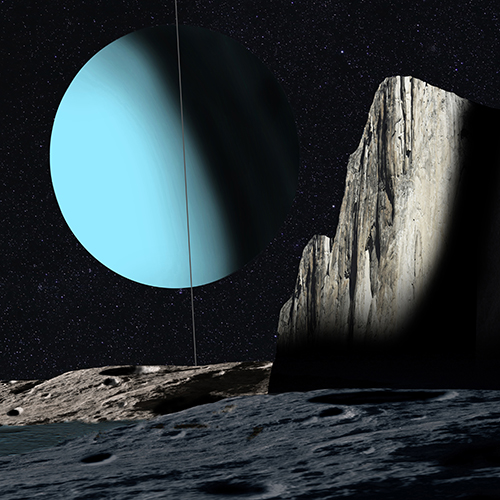
JE2812 - Uranus with its ring system edge-on and in one of its unique phases floats beyond the massive cliffs of its first large moon, Miranda. Discovered by the Voyager II spacecraft, the cliffs named Verona Rupes tower 6.2 miles or 10 kilometers above the surrounding terrain. © Science Source - science photos
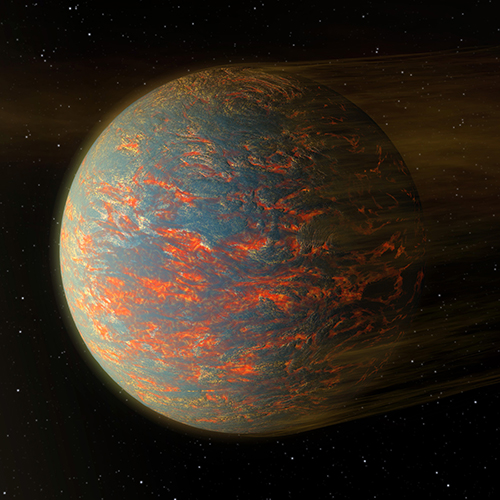
JE3391 - This illustration shows one possible scenario for the hot, rocky exoplanet called 55 Cancri e, which is nearly two times as wide as Earth, and resides relatively close to Earth at 40 light-years away. New data shows that the planet has extreme temperature swings from one side to the other. A possible reason for this might be the presence of lava pools. This planet is tidally locked to its star, just as our moon is to Earth, which means that one side always sizzles under the heat of its star while the other side remains in the dark. If the planet were covered in lava, then the hot, sun-facing side of the planet would have liquid lava flows, while the colder, dark side would see solidified lava rock. Such a lava planet, if it exists, would have dust streaming off of it, as illustrated here. Radiation and winds from the nearby star would blow off the material. © Science Source - science photos
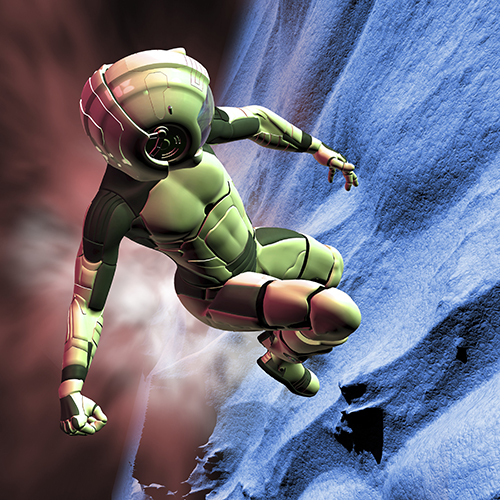
RE7210 - Space exploration. Computer artwork of a futuristic astronaut exploring an alien planet. © Science Source - science photos
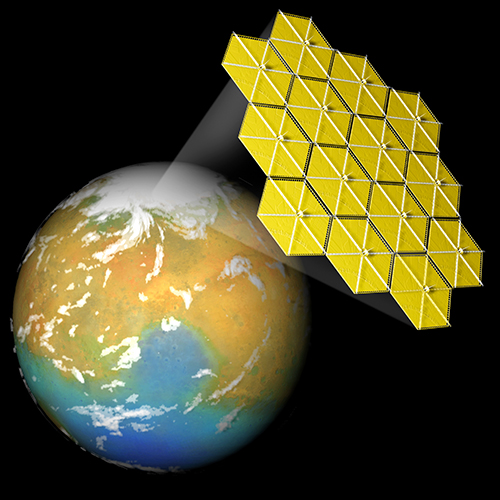
BC6039 - Terraforming Mars. Terraforming is a process of transforming the landscape of another planet into one similar to the landscapes of Earth. © Science Source - science photo
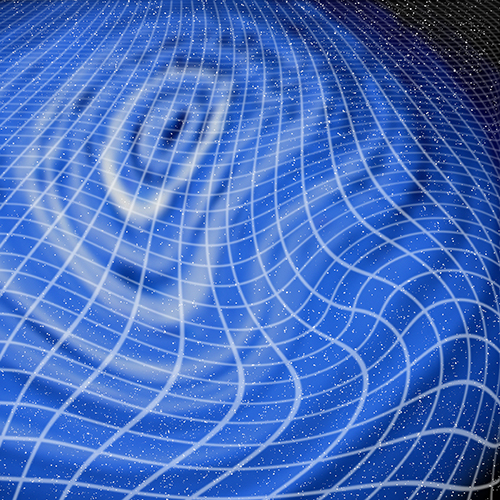
RE8428 - Ripples in spacetime, computer artwork. © Science Source - science photos



